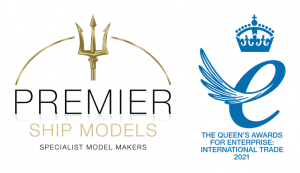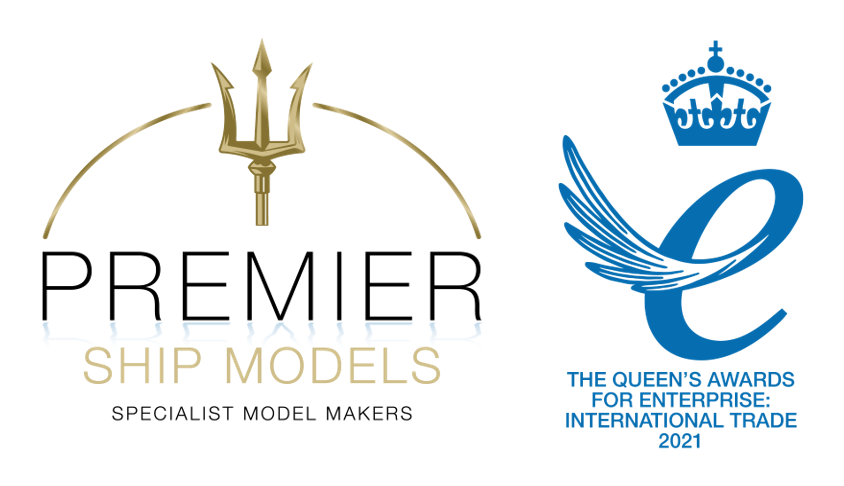HMS Stronghold was an S-class destroyer which served during the Second World War with the Royal Navy. She was launched on the 6th May 1919, and was one of the first vehicles in the world to launch an unmanned aircraft; the RAE 1921 Target. This was done via the use of a catapult, and is the earliest rendition of the slingshot mechanics modern aircraft carriers use today for launching jets. This now allows for a much shorter runway and faster take-offs in emergencies.
When World War II began, HMS Stronghold was based in Singapore. In 1941, she assisted in rescuing the Supermarine Walrus from a cruiser, Repulse, which had been attacked and subsequently sunk by Japanese forces. Then in 1942, the vessel was spotted by Japanese reconnaissance planes, before being attacked by a trifecta of battleships, consisting of the heavy cruiser Maya, and two destroyers, Arashi and Nowaki. HMS Stronghold was heavily outgunned, and the ship was sunk, along with nine officers and a further sixty-one crew members, or ‘ratings.’
The vessel itself measured in at 265 feet in length, or 80 metres, and was capable of reaching speeds of 36 knots, which equates to roughly 41 miles per hour. She had a displacement of 1,075 tonnes, and was powered by 3 Yarrow boilers and 2 geared Parsons steam turbines. In terms of weaponry, the Stronghold had three 4-inch Mark IV 101.6 mm guns, a single 2-pounder MK II anti-aircraft gun, and four torpedo tubes.
This model was designed at a scale of 1 to 200, meaning it measured 42 centimetres in length, and we aimed to make it as historically accurate as possible. The model included a sturdy wooden base for support, and was complete in full colour and highly-detailed scale. It was built using CNC, laser machinery, 3D printing and then finished by hand, and the main materials used were wood, fibre glass and chrome for smaller detailing.
This project was undertaken for a private client; hence we are unable to disclose extensive details. However, we can confirm that they were highly impressed throughout the entire process, and it was a privilege to collaborate with them and bring their vision to life.
The model was to be 3D printed, and then finished by hand. It measured 42 centimetres in length (excluding the base).
In terms of materials used, the model was solely constructed from wood and fibre glass, with chrome used for smaller sections for some added flair.
3D-printing is an incredibly complex profession. It requires you to understand three main things:
- The material
- The printer
- The methodology of the piece and your desired end result
The entire process is extremely specialist. Our off-site 3D-printing agent focuses on two skillsets when constructing models: creating the model in a digital manner and readying it for printing, and the separate skillset to take the parts from the printer and get them to a professionally high-standard.
Our bespoke projects always begin with comprehensive discussions between ourselves and our clients to ensure we are aligned and capable of realising their vision precisely as they envisage it. We strongly believe in transparency, providing regular updates to our clients on the progress of their order, and collaboratively determining details such as delivery schedules and payment terms.
Given our focus on 3D printing, the process begins with creating a digital model. We source high-quality materials mentioned in the overview and project brief, and we then utilise 3D simulation modelling and laser-cutting for maximum precision.
To maintain efficiency, we temporarily halt production so that our clients can approve the digital render or provide feedback. Once satisfied, we proceed swiftly to save time and resources.
One of the more challenging aspects is preparing the digital render for the 3D printer, which requires specialised software. We break down the render into manageable sections, each representing a part of the model, ensuring proper labelling and organisation. Advanced software is used to verify the parts for correct sizing, strength, and waterproofing.
Once the render is finalised, we move on to laser-cutting and then commence the building process. This hands-on phase, known as ‘finishing,’ demands highly skilled and experienced craftsmanship. Typically, we divide the hull into three parts with joints that are glued together and left to dry before adding further details. The hull is primed first to ensure structural integrity.
Simultaneously, our 3D expert focuses on preparing and painting smaller components individually.
Throughout the entire process, we keep our clients informed with plenty of photos and updates. Ensuring our clients’ satisfaction is paramount, and we welcome and incorporate their feedback to achieve the desired outcome.
For this particular project, as a final touch, we added an engraved bronze plaque to the base, displaying the name of the model in tasteful black lettering. The bronze also matched the stands at the bottom of the model itself for consistency.
We love working on historical ships, and so it was fantastic to be able to make a custom HMS Stronghold!
The client was absolutely thrilled with the end result, and were pleased with the communication and regular updates they received throughout the entire process.
It’s always exciting to work on models such as this, and now we can’t wait to shift our focus to ongoing and future projects!
Commission your own model
If you would like to have your own bespoke model built, please complete the contact form below.


